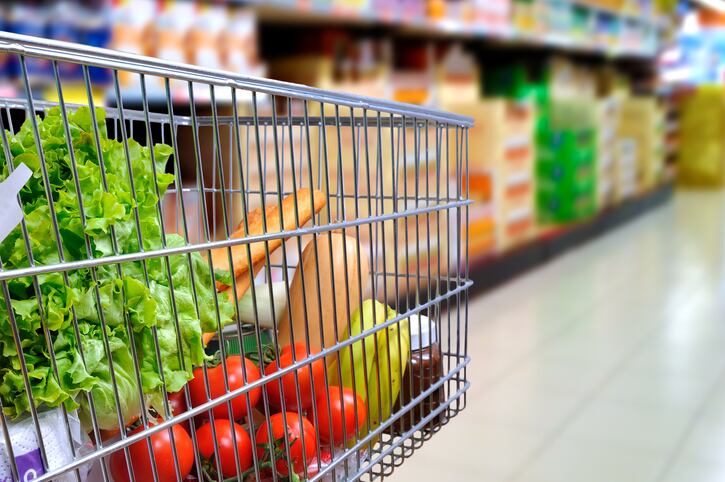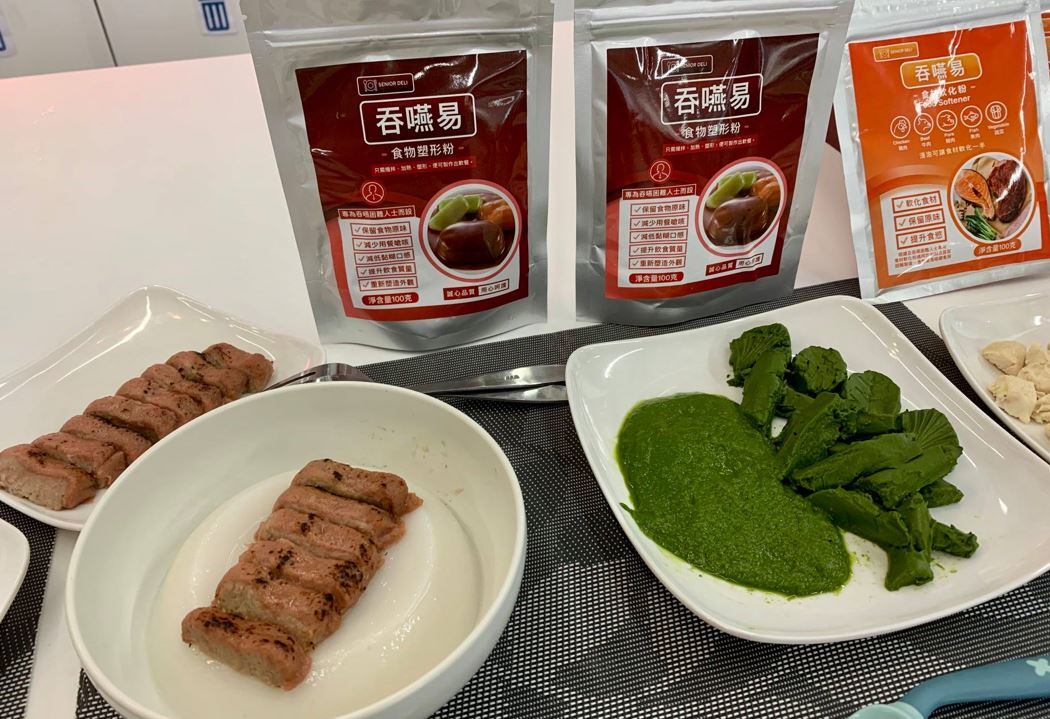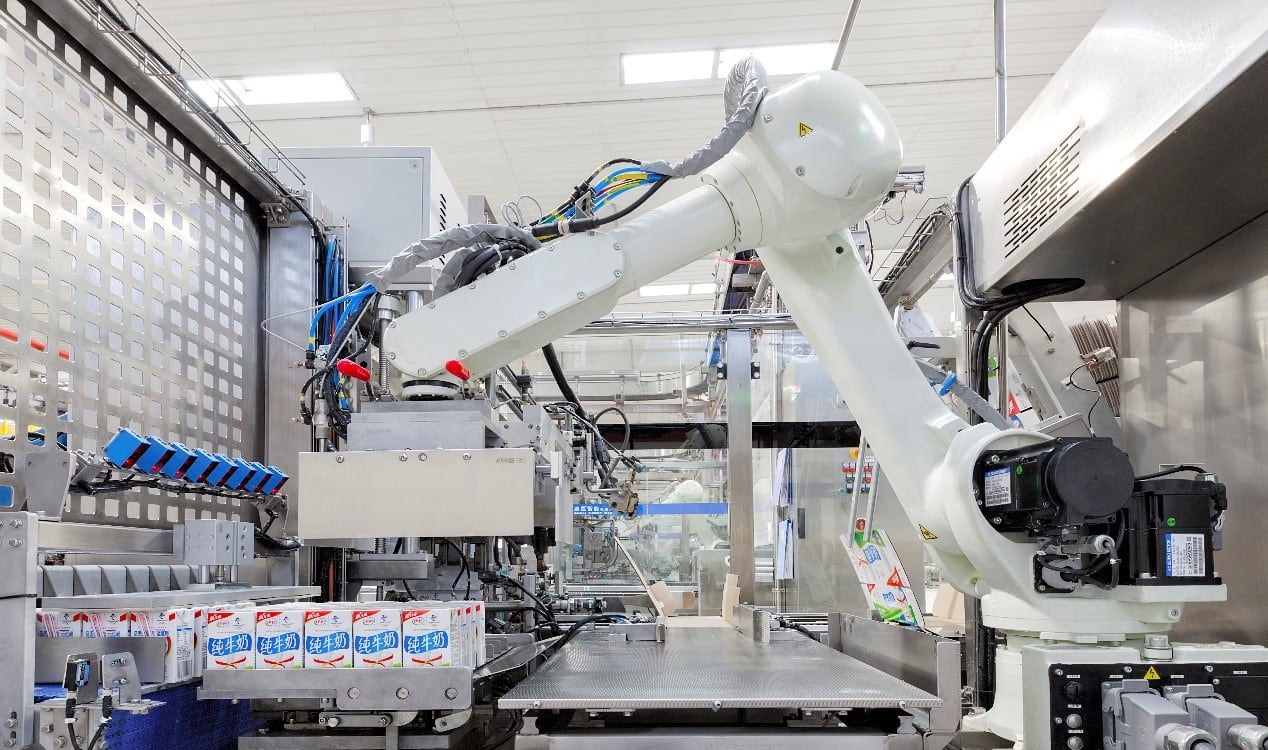Published by Fitch Solutions, the breakdown of food spending was reported for the year 2005, and forecasted for 2025.
In 2005, the largest food spending was on meat and poultry (27.9%), followed by vegetables (18.8%), fruits (10%), dairy (9.9%) and fish (8.4%).
By 2025, meat and poultry spending is expected to decrease to 21.9%, vegetables to 18.5%, while fruits (13.6%), dairy (12.5%), and fish (11.6%) will see an increase.
According to Jun Ying Ng, consumer analyst at Fitch Solutions, meat and poultry were already a key staple in the Chinese diet back in 2006, but with a rise in disposable income, consumers wanted to diversify their food palate by introducing other foods.
“More expensive seafood products were not traditionally part of the average Chinese diet but have seen higher levels of consumption,” Ng told FoodNavigator-Asia.
“The trend for fruits is similar, Chinese consumers prefer imported fruits as it is usually perceived as luxury items and healthier and safer.”
Milking it
The dairy category is also expected to grow over this period, for a country historically known to consume limited dairy products.
In 2017, a study conducted by researchers affiliated with the Centre for International Health found that 85% of people above the age of 10 in China had lactose malabsorption, and that this condition is far more widespread in Asia than in the West.
Lactose malabsorption is a condition where people are unable to fully digest the sugar (lactose) in milk, which results in diarrhea, gas or bloating after consuming dairy products.
Despite this, the Chinese government has been actively encouraging Chinese citizens to drink more milk, through initiatives such as state-run television advertising and the student milk programme’ to ensure that students get safe, nutritious, cheap and convenient dairy products in schools.
Milk spending is expected to increase, and consumers are also shelling out for foreign milk brands, especially for their children.
“However, we note that most Chinese adults are lactose malabsorption, which will dampen the potential milk spending. In place of milk, yoghurt spending will see strong growth as it is easier for Chinese consumers to digest than milk,” Ng said.
The fermentation process in yoghurt breaks down lactose, and reduces the risk of developing gastrointestinal problems.
Meat movement
Traditionally, China is a huge pork market, although other proteins such as beef are gaining market share.
Between 2006 and 2025, beef consumption will grow by a CAGR of 3.0%, from 4.2kg to 7.4kg, and pork consumption will grow by a CAGR of 0.5%, from 34.4kg to 38.0kg.
One trend driving the growth in beef and pork consumption is premiumisation, where Chinese consumers are willing to pay for higher-quality meats.
For example, premium meats such as Iberian ham and wagyu beef are perceived as a luxury product in China, and are appreciated by the growing upper middle class across the country.
When asked if the rising plant-based meat trend would influence meat consumption and even take away market share in the long term, in Ng replied: “Typically, such food concepts are embraced by the younger, trendsetting generation of consumers.
“Alternative protein and plant-based food manufacturers may face some difficulty and inertia in convincing the older generation.
“As a whole, animal protein consumption will decrease in the long run, however, we expect the consumption of animal protein, especially luxury and premium proteins such as wagyu beef and Iberian ham, to maintain or until alternative protein and plant-based food manufacturers can successfully replicate the taste and nutritional value perfectly.”
Other categories
Apart from the five main food categories, the carbohydrate category expects to see higher spending in healthier grains such as whole grains and cereals such as quinoa and millet.
This shift is in line with the goals of Healthy China 2020 and Healthy China 2030, which centres on chronic disease prevention and promoting better lifestyle choices and eating habits.
A National Health Commission Report showed the number of overweight adults in China soared from 29% in 2002 to more than 50% in 2020.
Ng also pointed out that sugar consumption in China remains high at 8.6kg per capita in 2006, and is forecast to increase to 11.4kg by 2025.




